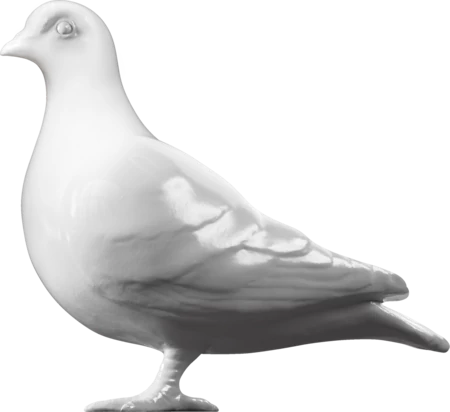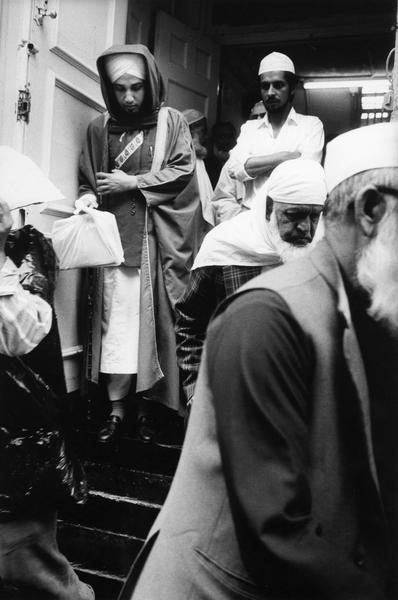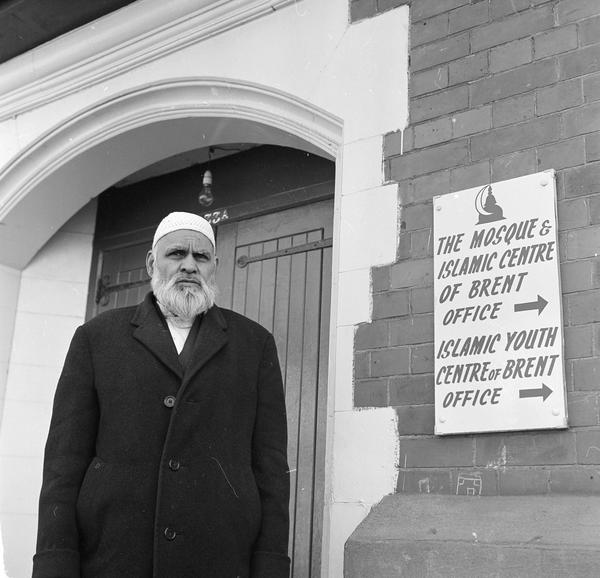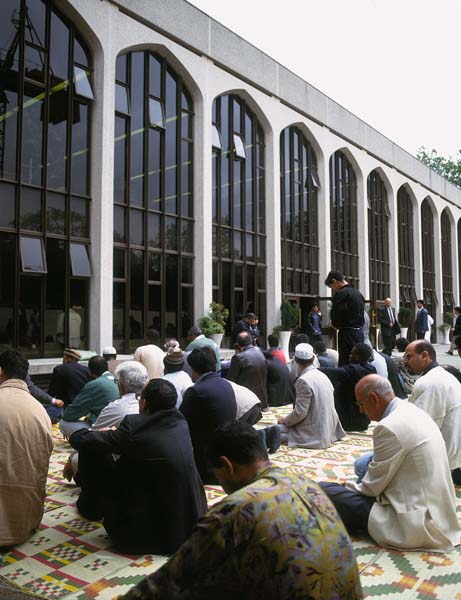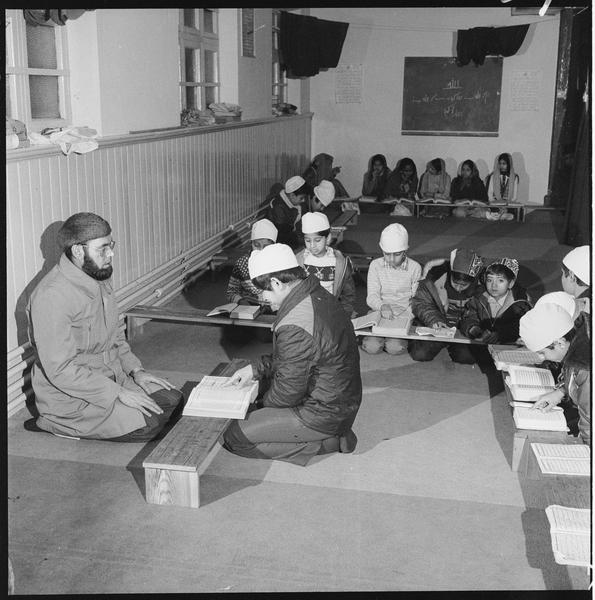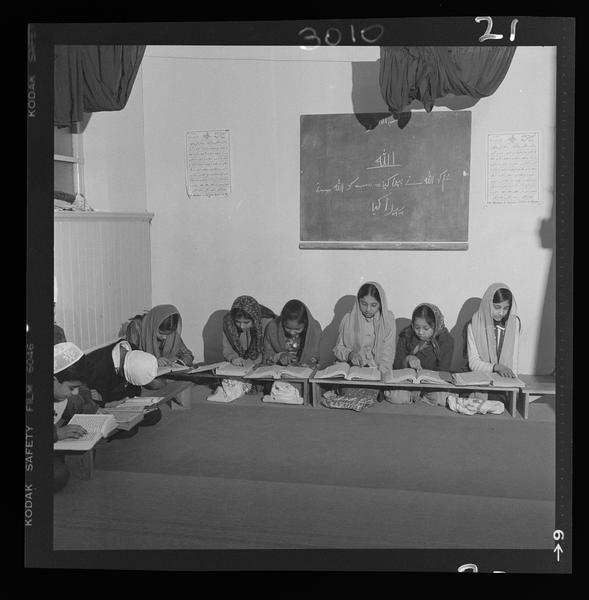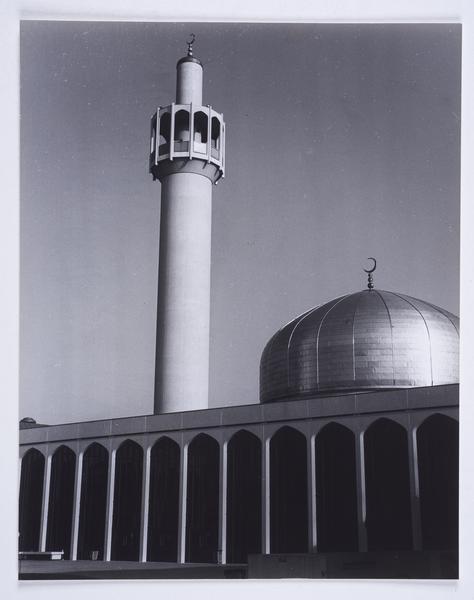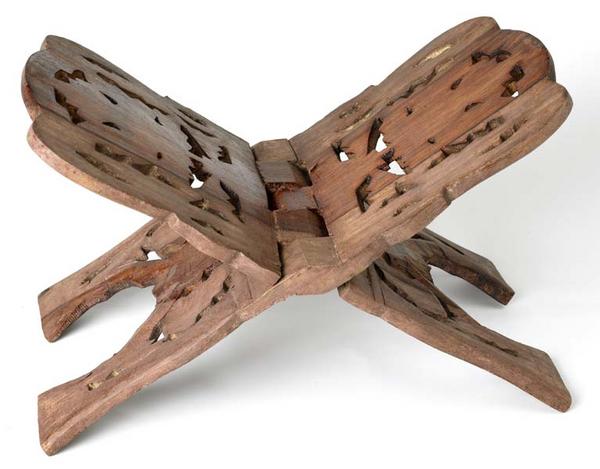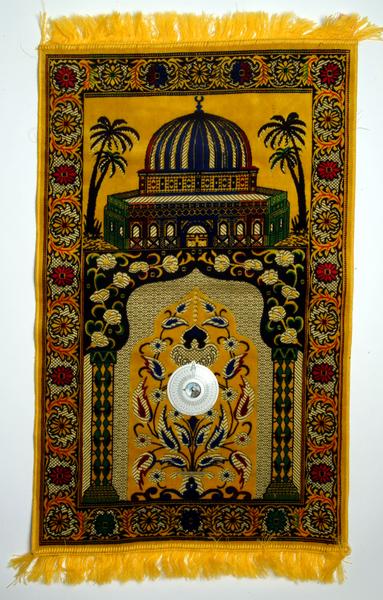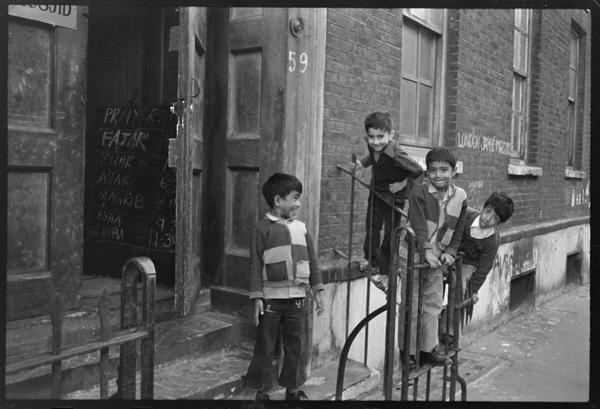The history of London’s mosques
In 2021, 15% of Londoners described themselves as Muslim. Since South Asian and Arabic sailors began to settle here around 150 years ago, Muslim communities have become an integral part of our city. Mosques have equally become part of London’s architecture – built specifically for worshippers or adapted from existing buildings, such as former houses, churches and cinemas.
Across London

Fazl Mosque, Southfields
Muslims had visited London since at least the 16th century. Then, in the mid-19th century, communities grew in the docklands as sailors from South Asia, Yemen and Somalia arrived on trade ships. London got its first purpose-built mosque in 1926. It was built in Southfields, in the borough of Wandsworth, and was founded by Indian Ahmadiyya Muslims.

East London Mosque, Whitechapel
Migration from South Asia increased significantly after the partition of India in 1947, and many of the Muslims who arrived joined the existing communities of the East End. The East London Mosque was their local place of worship, created in 1940 from three houses on Commercial Road. After moving to a temporary site, the purpose-built new East London Mosque opened on Whitechapel Road in 1985.

London Central Mosque, Regent’s Park
London Central Mosque, also known as the Regent’s Park mosque, first opened in 1944. Prime Minister Winston Churchill’s government provided a building and land for the mosque to recognise the millions of Muslims within the British empire. After a number of rejected redevelopment plans, a landmark new mosque was finally opened in 1977 with a large gold dome and space for thousands of worshippers. It’s the largest mosque in central London.

Brick Lane Mosque (Jamme Masjid), Spitalfields
Many of London’s mosques are converted from existing buildings. Brick Lane Mosque, on the corner of Fournier Street and Brick Lane in Tower Hamlets, is one example. It started life as a Huguenot church in 1744, before becoming a Wesleyan chapel 50 years later. It housed the Spitalfields Great Synagogue from 1898 to 1975, when it was sold to the local Bangladeshi community and converted into a mosque.

Islamic Centre of England, Maida Vale
The building that became this west London mosque was originally the Maida Vale Picture House, a cinema built in 1912. Before converting to a mosque, it was also a dance hall, casino and bingo hall. The mosque bought the building in 1997, minimising adaptations to protect the historic cinema’s interior.

Suleymaniye Mosque, Haggerston
The Suleymaniye Mosque in Haggerston, Hackney, was built in the late 1990s by the local Turkish community. This photo shows socially distanced prayers held in 2020 during the Covid-19 pandemic.

Ismaili Centre, South Kensington
As the millions of visitors who flock to South Kensignton’s museums file out of the nearby Tube station, they may not notice the bold modernist design of this nearby Islamic centre. Completed in 1983, it serves Ismailis, a branch of Shia Islam.

Mosque and Islamic Centre of Brent, Cricklewood
In the 2021 census, the London boroughs with the highest proportion of Muslims were all in east London. In Tower Hamlets, Newham and Redbridge, more than one in three people described themselves as Muslim. But the mosques of west and north-west London show Islam is spread much wider. The Mosque and Islamic Centre of Brent, converted from a church in 1980, is one example of the area’s thriving Muslim communities.

Brixton Mosque
South of the river, the Brixton Mosque, opened in 1990, reflects the growth of Islam within the area’s Black African and Caribbean communities in the 1980s. At that time, Pan-African movements and the American Civil Rights movement inspired many people to become Muslims, just as Malcom X and Muhammad Ali did.

Baitul Futuh Mosque, Morden
Opened in 2003, this mosque in the south-west borough of Merton can hold 6,000 worshippers. It’s been described as the largest mosque in Britain. The main building was once a dairy, with its chimney adapted into the mosque’s tallest minaret.
